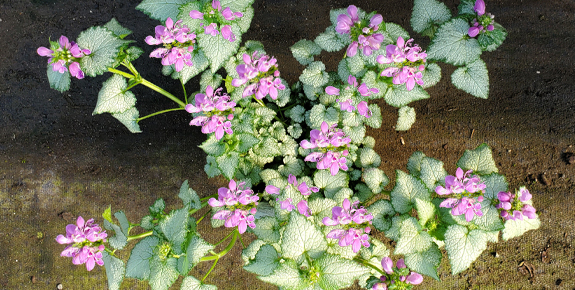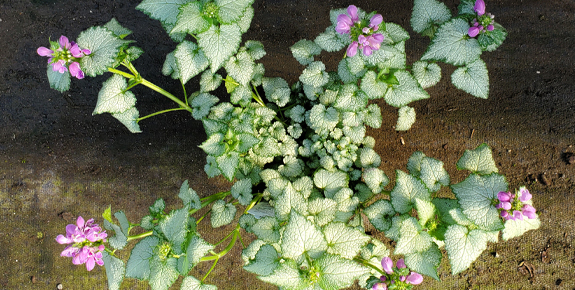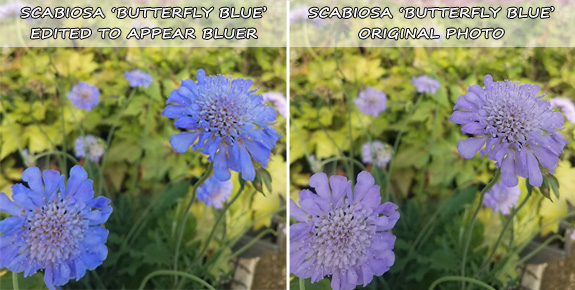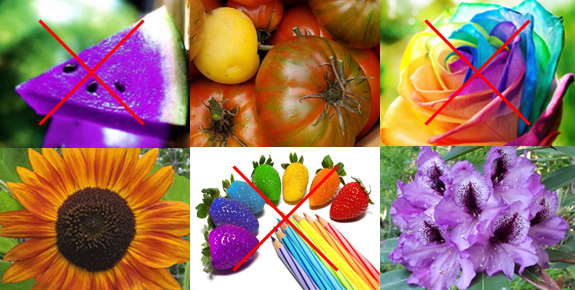Thoughts

Seed Scams
Seed catalogs begin to arrive. Ads online pop up with enticing photos of stunning new plant cultivars. The colors are brilliant! The fruit looks amazing! Striped tomatoes! White pumpkins! World’s tallest sunflower! Rainbow roses! Blue Strawberries! Where does reality stop and mythical begin?


In the digital age, how does a garden enthusiast navigate the barrage of images that can so easily be manipulated? There are a few key factors you can scrutinize. Look for duplicated flowers or leaves repeated throughout the image, a sure sign of copy and paste to make the plant look more profuse. Flower color can easily be manipulated to appear more vibrant. Search the plant name and compare images. Blues and pinks are frequently saturated and exaggerated.

Is the company reputable? An established company whose sole goal is to produce and provide seed is going to really care about selling you an accurate product. A new company selling an assortment of low-quality garden gadgets and “too good to be true” plant varieties is looking to make a quick buck over a long-standing reputation.

Amazing rainbow roses from seed! Look out! First, rainbow roses do not exist (except when dyed). Secondly, even if they did, you are not going to get such a stunning cultivar from seed. Seeds contain diverse genetic material, a sort of scrambled egg dish from both parents. Most plant cultivars for sale are grown through a process called tissue culture. Tissue culture ensures genetic material (and all those phenomenal traits) are included in the plant you are purchasing. Any tree, shrub, or perennial cultivar should be purchased as a plant, not grown by seed. Growing a straight species? Go ahead and grow from seed! Annuals, including vegetables, are more likely to be true when grown from seed, well, sort of. We’ll get more into species, cultivars, hybrids, and heirlooms in our next blog post.

If in doubt, give it a try (perhaps in a potted container just in case it has a profusion of running roots)! Gardening has always been about experimenting and playing in the dirt. When something doesn’t work out, there is always next year.